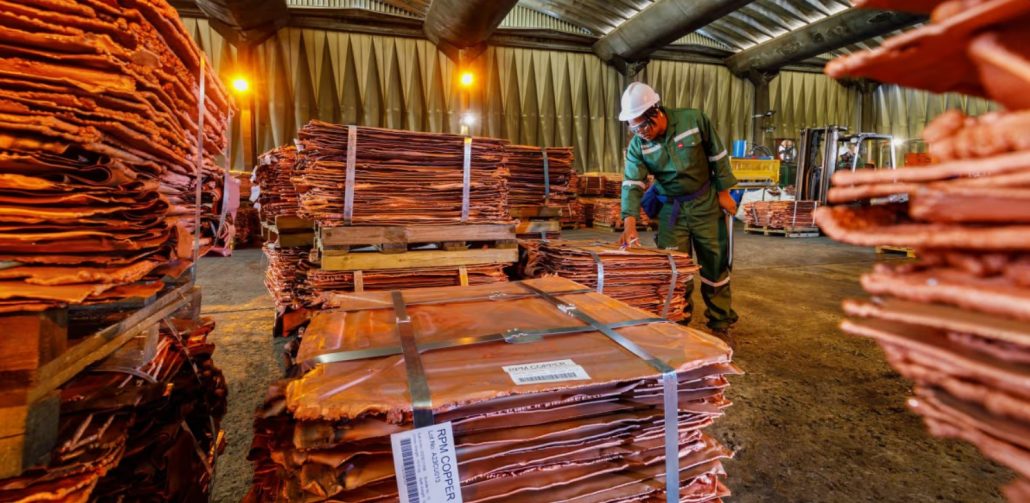
Declining BEV Market Share Poses Challenges for EU Emission Targets
The outlook for the battery-electric vehicle (BEV) market in the European Union is worsening, with forecasts suggesting a drop in BEV market share to just 21% by 2025. This is a sharp revision from earlier projections of 27%. According to S&P Global, weakening global electric vehicle demand and tough market conditions are driving this decline.
This setback threatens the EU’s carbon emission targets, which rely heavily on increasing BEV adoption. Lower BEV sales mean that internal combustion engine (ICE) vehicles will continue to dominate, making it more difficult for the EU to achieve its 2025 emissions reduction goals. Policymakers now face urgent decisions to keep decarbonisation efforts on track.
Barriers to Achieving EU Emission Goals
In addition to slowing BEV market growth, other strategies for reducing automotive emissions are encountering obstacles. These include emission pooling agreements between automakers, improvements in mild-hybrid technologies, and transitioning to more fuel-efficient vehicles. While mild-hybrid systems offer some reduction in emissions, experts argue they will not be enough to bridge the gap left by lower BEV adoption.
Industry leaders are raising concerns about the EU’s rigid approach. Martin Kupka, Czech Transport Minister, has called for greater flexibility in CO2 reduction targets, warning that the EU risks falling behind global competitors such as the US and China. Meanwhile, Sigrid de Vries, Director General of the European Automobile Manufacturers’ Association (ACEA), cautioned that rising compliance costs could slow down the decarbonisation of road transport.
EU Tariffs on Chinese EVs Could Further Slow Growth
Adding to market difficulties, the EU’s new import tariffs on Chinese electric vehicles (EVs) are expected to further reduce BEV sales. Chinese manufacturers such as Geely, BYD, and SAIC will now face tariffs ranging from 17% to 35.3%, following claims that Chinese government subsidies have allowed them to undercut European rivals.
These tariffs will likely increase EV prices in Europe, making them less affordable—especially amid the ongoing cost-of-living crisis. While European automakers such as Volkswagen, Audi, Mercedes-Benz, and BMW may benefit from reduced competition, the overall BEV market growth is still expected to suffer.
EU’s EV Market Faces Twin Threats: Weak Demand and Rising Costs
With demand for electric vehicles falling and import costs rising, the EU’s ability to meet its 2025 and 2030 carbon reduction targets is increasingly in doubt. Fewer consumers are purchasing EVs, and higher costs make them less accessible. Experts agree that the EU must urgently revise its strategy to maintain momentum toward clean mobility goals and prevent a major setback in its climate action plans.











Leave a Reply
You must be logged in to post a comment.